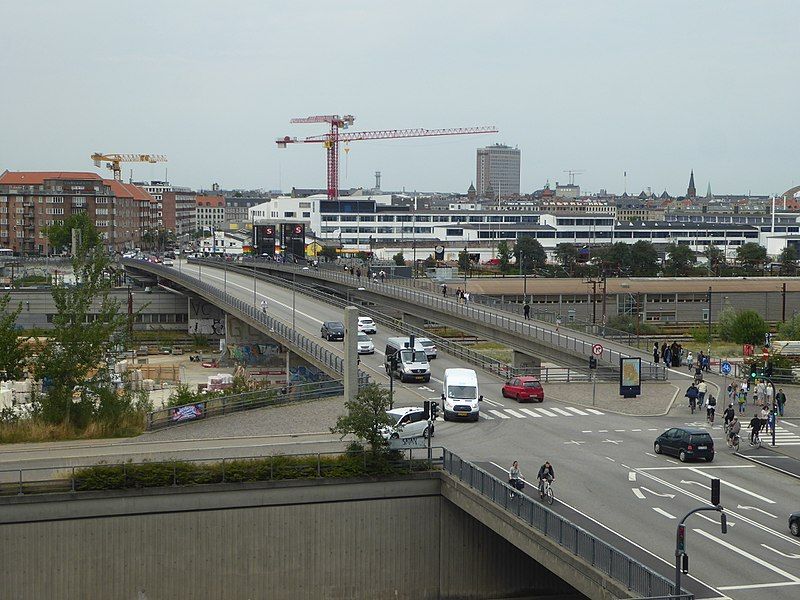In days of old, it was a hive of manufacturing and goods train traffic. Today it is a desolate area not open to the public.
Enclosed by roads such as Inglerslevsgade, Enghavevej and Vasbygade, you’ve probably grabbed a view of the huge brownfield site looking right whilst heading over the bridge to the Fisketorvet shopping centre.
And now Copenhagen Municipality has ambitious new plans for the site. In a generation from now it could become a new city district by the name of Lille Vesterbro, reports Politiken.
More housing for capital
The vision is enthusiastically backed by the city mayor, Frank Jensen, who is seeking re-election for another four years this Tuesday.
One of his biggest challenges as mayor is keeping up with the demand for housing, and Lille Vesterbro’s initial plans will include the construction of 3,500 new homes in a 250,000 sqm residential area.
Jensen is trying to get the plans – which will also involve transforming Vasbygade, a road leading from Fisketorvet to Sydhavn, into a green area – included in the 2019 municipal plan, so that the municipality can start the planning and financing process.
Currently, though, the area is only earmarked for urban development in 2027.
DSB impressed by plans
The area contains some interesting elements. As well as using it as its main manufacturing hub, DSB used to house many of its workers in what was called the ‘Den Gul By’ (the yellow city/town) – much of which still stands today but is never visited by the public.
DSB – which co-owns the land with Metroselskabet, Banedanmark and Freja Ejendomme – confirmed to Politiken that it will soon entirely vacate the area, adding that it was in dialogue with the municipality and that the plans “look exciting”.
Ole Birk Olesen, the transport minister, informed Politiken that it is good news “that the city of Copenhagen has ideas for developing new residential areas”.













